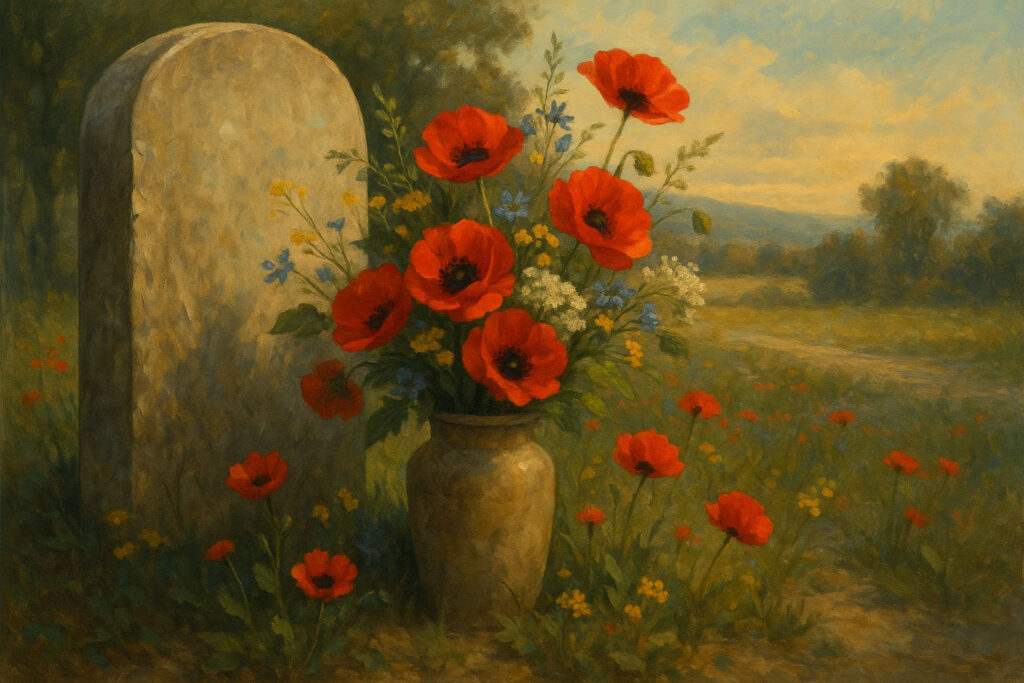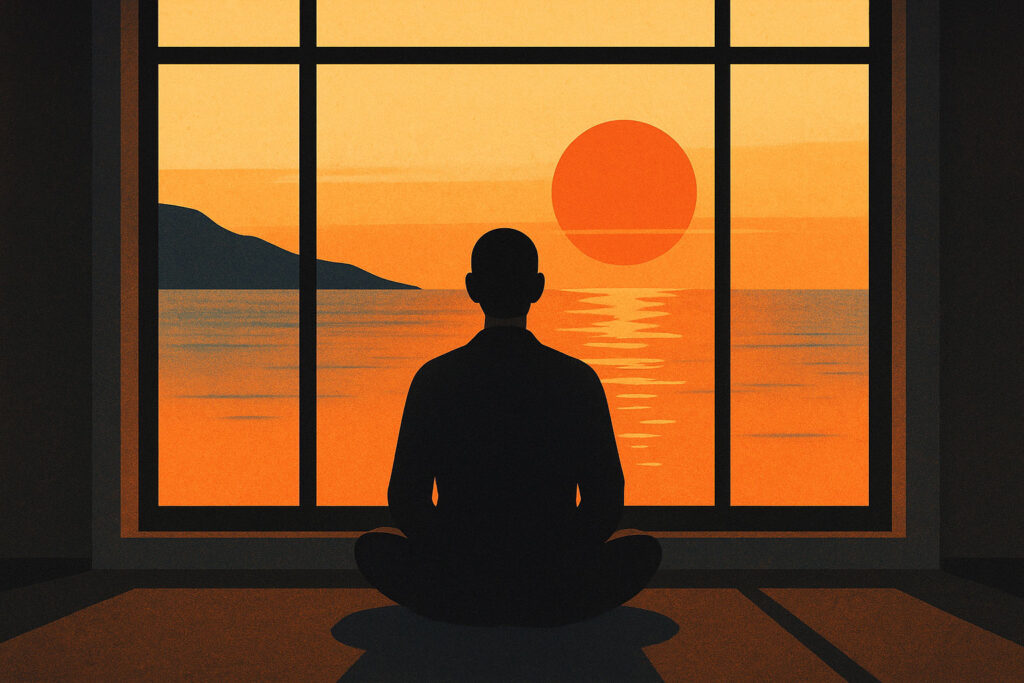
Breathing Your Way Back Home
A Buddhist parable of a blind turtle inspires reflection on life’s rarity, balancing samsara’s struggles with presence and spiritual homecoming.

After the American Civil War in the 1860s, Decoration Day was a day when people decorated the graves of fallen soldiers with spring flowers as a way to honor those that lost their lives in the war. Over time, this tradition expanded to honor all fallen soldiers. Eventually Decoration Day became Memorial Day when it was formally established as a national holiday in 1971. What I find interesting about a tradition like Memorial Day is that the collective consciousness of our country is intentionally forced to stop and ponder death and loss. American culture is not big on contemplating death. Unlike Christmas, Halloween or Easter, this is a somber holiday that calls us to reflect on an otherwise solemn and contemplative subject.
Today, banks, post offices and schools are all closed. Normal life routines are replaced with a holiday that is intended to have us collectively stop and honor those that have given their lives on the battlefield. It is essentially a meditation on death and the precious nature of life. And its origins have flowers as the symbol of beauty and life at the heart of honoring those that gave their lives. Why flowers? How did flowers become the de facto offering that conveyed condolence, respect, and honor?
When something is so fleeting—a rainbow, a perfect sunset, a beautiful flower—we appreciate it more due to its evanescent quality. The transient nature of the thing itself elevates it to a higher level of purity and awe. One of the reasons that we are so enamored with flowers is found simply in the ephemeral nature of their beauty. This vanishing beauty is a universal language that doesn’t require words of explanation. In other words, flowers are exceptionally beautiful in large part because they are so fleeting. It is understood. Humans all over the planet reach for a bouquet of flowers to communicate this sense of beauty in the ritual of honoring someone who has died when words fall short.
As soon as flowers are cut and arranged into a beautiful bouquet, we know that the clock is ticking and those flowers will wither and die. And yet, instead of perceiving this as yet another moment of death, we see the gift of giving flowers as life-affirming beauty that brings a sense of compassion and generosity. It is by definition a gift; an offering. It is something that we have taken the time to procure and provide as a gesture of love. And I would suggest that the act of honoring someone’s grave with the fleeting beauty of flowers in the face of something as permanent as death is the essence of humanity: the use of fleeting beauty to honor the tragedy of permanent death.
But we can take this one step further. My favorite dharma teacher, Thich Nhat Hanh has this beautiful passage about the flower. He describes the flower as a pure example of inter-being; the interconnectedness of everything. The flower contains all non-flower elements: the sun, the rain, CO2, nutrients. The flower does not have a separate self. It is comprised of all non-flower elements. And yet all we see if we don’t look deeply is just a flower. Part of the magic of a flower is that we can feel its complexity and depth more easily than we can intellectually understand everything that made the flower. And that’s ok; it is enough to simply feel it beyond awareness.
But if you add awareness and you look deeply at the flower, there is a different reality and the flower is more than just a flower; it is the embodiment of the entirety of the cosmos. All at once, manifesting as that perfect bloom. We then cut that bloom and arrange it into a bouquet and present it as an offering; like on Decoration Day. But what we are really saying with that offering of flowers to honor the fallen is this: I realize that there is an endless mystery of interconnectedness in the cosmos and I am but a tiny crest of a wave on a vast ocean of life. In this flower, the universe dwells. You are not dead and gone, you have returned to the source pool of light.
This week’s meditation is on the interconnectedness of everything that makes you who you are. If the flower is comprised of all non-flower elements and there is no separate “self” in the flower, what are the non-human elements that make you who you are? Is there a separate self? I am all of my ancestors, all of the food, air, water; all of my experiences. Take a moment, get quiet and reflect on this. Memorial Day is a good day to ponder the river of life that runs through you.
Have a great week.

A Buddhist parable of a blind turtle inspires reflection on life’s rarity, balancing samsara’s struggles with presence and spiritual homecoming.

Pablo Neruda’s “Keeping Quiet” teaches stillness amid chaos, reminding us that silence, breath, and presence restore peace and balance.

Inspired by Rory McIlroy’s Masters win and local golf struggles, this meditation explores resilience, nerves, and the courage to persevere.